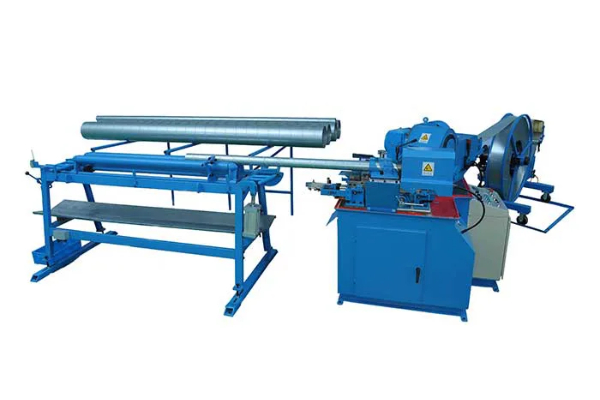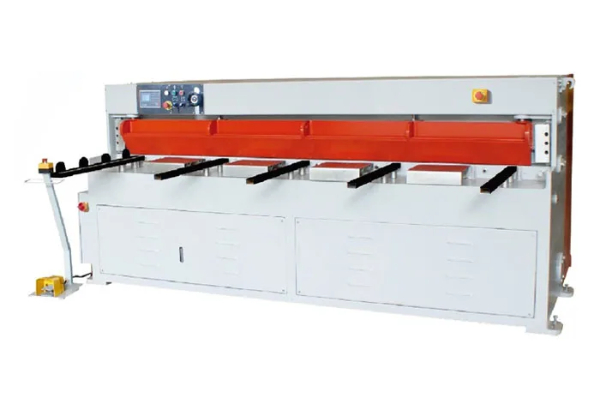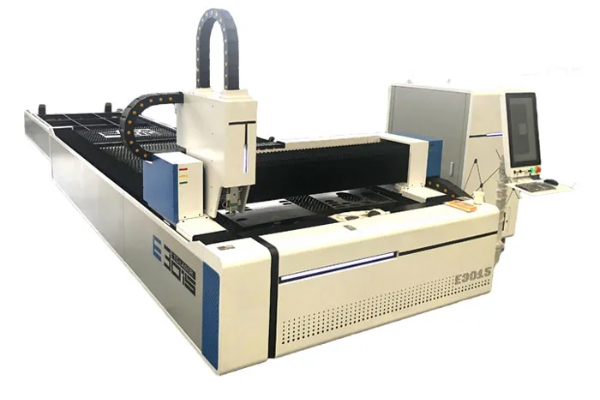
The Benefits of Automated vs. Manual Plate Bender Machines
- By:Metmac
- 2024-09-11
- 146
Automated vs. Manual Plate Bender Machines: Unlocking Precision and Efficiency
In the realm of metal fabrication, where precision and efficiency reign supreme, the choice between automated and manual plate bender machines becomes a crucial decision. Embark on a journey into the contrasting worlds of these two methodologies, uncovering their unique advantages to guide your selection.
Automated Plate Benders: Precision at the Touch of a Button
Automated plate benders employ sophisticated software and sensors, empowering them with unmatched precision. By eliminating the human factor, they minimize the risk of bending errors, ensuring consistent, high-quality results even for complex shapes. Their programmable nature allows for automated bending sequences, optimizing speed and reducing production time significantly.
Manual Plate Benders: The Artistry of Hands-On Craftsmanship
Manual plate benders, on the other hand, rely on the skilled hands of experienced fabricators. This method offers greater flexibility, allowing for intricate bends and adjustments to be made on-the-fly. The direct feel and control provided by manual bending foster a sense of craftsmanship, enabling artisans to create bespoke pieces that reflect their unique vision.
Key Differences: Unpacking the Advantages
Precision and Repeatability: Automated benders deliver unmatched precision, ensuring consistent results and eliminating the need for rework. Manual benders, while capable of precision in the hands of experts, are more prone to bending variations due to human error.
Speed and Efficiency: Automated benders automate bending sequences, dramatically reducing production time and labor costs. Manual benders require more time and effort, but allow for greater flexibility when bending complex shapes.
Skill and Experience: Automated benders require minimal operator training, making them accessible to a wider range of users. Manual benders, however, necessitate highly skilled fabricators who possess the experience and expertise to achieve optimal results.
Cost: Automated benders generally have a higher upfront cost than manual benders. However, the long-term savings in labor and the enhanced quality of the finished product make them a compelling investment for high-volume operations.
Choosing the Right Machine: A Symphony of Needs
The optimal choice between automated and manual plate bender machines depends on the specific requirements of your fabrication operation. If precision, speed, and efficiency are paramount, automated benders will deliver exceptional results. For intricate bends and the need for artisanal craftsmanship, manual benders provide the flexibility and control necessary to bring your vision to life.
By understanding the distinct advantages of each methodology, fabricators can make informed decisions that empower their operations to achieve unprecedented levels of precision, efficiency, and artistry.
-
High-Precision Solutions from Leading Sheet Metal Cutting Machine Manufacturers
2025/09/11 -
Reliable Sheet Metal Equipment for Sale to Support Precision Fabrication
2025/07/17 -
Advanced Duct Machine AC and Fabrication Solutions from Metmac
2025/07/12 -
The Advantages of Using a Sheet Roll Forming Machine in Manufacturing
2024/09/14
-
Precision Sheet Metal Cutting and Processing Machines for Modern Manufacturing
2025/09/25 -
Advanced Sheet Metal Processing Machines for Industrial Applications
2025/09/25 -
High-Precision Sheet Metal Cutting Machines for Modern Manufacturing
2025/09/25 -
Efficient Sheet Metal Working Machines for Modern Manufacturing
2025/09/17
-
Innovations in Steel Strip Slitting Machine Design and Technology
2024/05/11 -
Improving Accuracy in Metal Fabrication with Laser Metal Shear Machines
2024/05/11 -
Latest Technological Advancements in Rectangular Duct Machines
2024/05/11 -
Integrating Automation with Rectangular Duct Machines for Enhanced Productivity
2024/05/11
-
A Guide to the Latest Innovations in Sheet Metal Folding Machines
2024/11/29 -
Key Features to Consider When Investing in a Sheet Metal Folding Machine
2024/11/28 -
Enhancing Precision with Advanced Sheet Metal Folding Machines
2024/11/27 -
How to Choose the Right Sheet Metal Folding Machine for Your Workshop
2024/11/26





